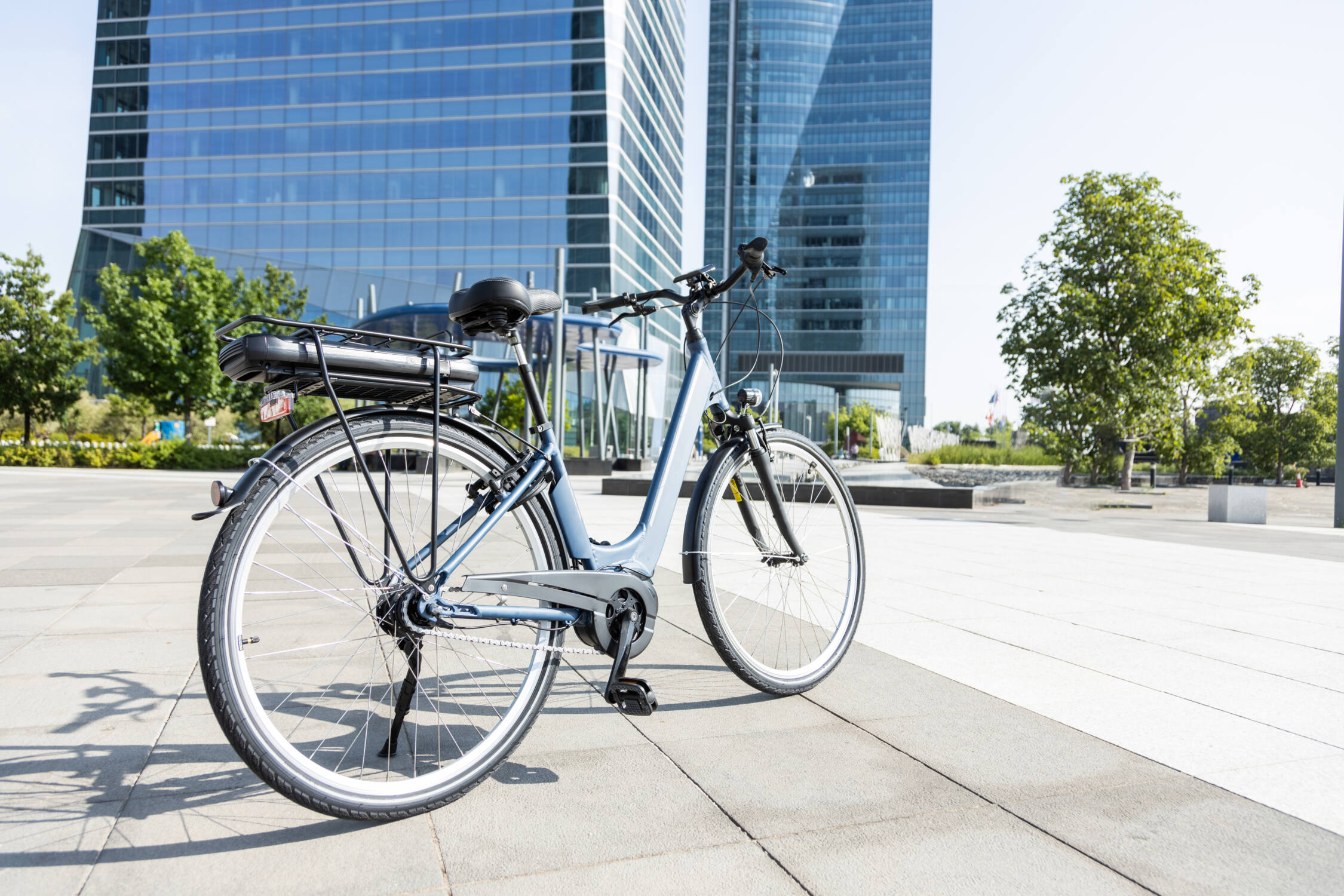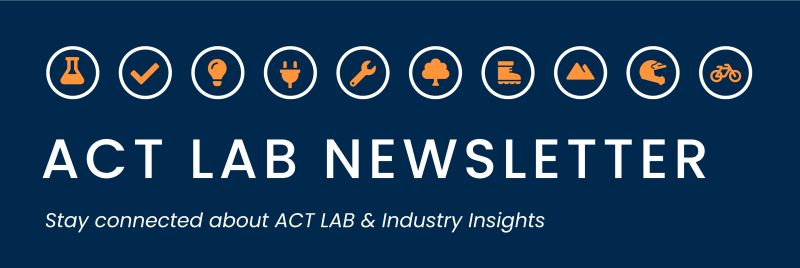
Winter Sport Helmet Safety Testing
During the COVID-19 pandemic snow sports, especially those performed at resorts like skiing and snowboarding, saw a steep decline. However, in 2022 participation in snow sports has returned to normal and is beginning to grow again.
A winter sport is classified as any sport activity that takes place on ice or snow. From ice skating to snowmobiling, consumers around the world love to participate in winter recreation. However, safety should always be a primary consideration before hitting the slopes, which is where manufacturers come in.
In this article we will discuss winter sport helmet safety and how, as a manufacturer, you can ensure your product is up to par before hitting the market.
Why Helmets Matter in Winter Sports
Winter sports carry a certain level of inherent risk as participants are often going at high speeds and have a higher chance of impact with natural elements such as trees or icy, hard surfaces. In some countries and at certain resorts, helmets can even be a requirement for certain snow sports.
Statistics show that skiers and snowboarders reduce their risk of serious or fatal head injuries by nearly half when wearing a properly fitted helmet. While offering protection, helmets can also provide warmth to wearers in frigid environments. All of these factors have made helmets the norm in snow sports.
If you are wondering if we perform a specific type of test related to your product, please contact us directly.
Snowboard and Ski Helmets
ASTM F2040 is the recognized standard for winter sports that are non-motorized like skiing or snowboarding. Helmets covered under this standard must meet all requirements as specified by ASTM including retention system, roll-off system, and impact test.
Ski and snowboard helmets have no technical differences but can be marketed accorded to specific sports after safety testing.
While testing is voluntary, many retailers will only sell products that meet this standard.
Snowmobile Helmets
Standards for snowmobile helmets fall under similar standards as motorcycle helmets. At minimum, a snowmobile helmet should carry a DOT standard. However, snowmobile helmets can also be certified under SNELL and ECE.
Other Helmets
Some wearers may choose to wear helmets for sports such as sledding or ice-skating, however there are not currently regulations for such sports. We still recommend that manufacturers test the viability of their products to ensure consumer safety.
Helmets are also worn for indoor ice sports such as hockey. Helmets for ice hockey are based on HECC ratings.
Our team can help you to determine the most efficient test for your products before going to market.
A note about alternative markets
The above requirements for winter sport helmets refer to requirements and testing in the United States. If your intended market is elsewhere, you may be subject to other testing and certifications.
About ACT-LAB
ACT-LAB is an ISO/IEC 17025 accredited laboratory that conducts consumer product safety and compliance testing for an active world. We can help ensure that your products both meet industry standards and are inspected to ensure the utmost quality.
To learn more about our tests contact us today.
Read more about our accreditations here.
 ISO/IEC 17025 Accredited Independent Testing Laboratory
ISO/IEC 17025 Accredited Independent Testing Laboratory








